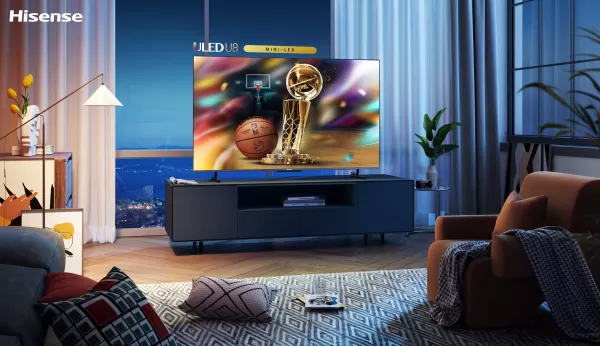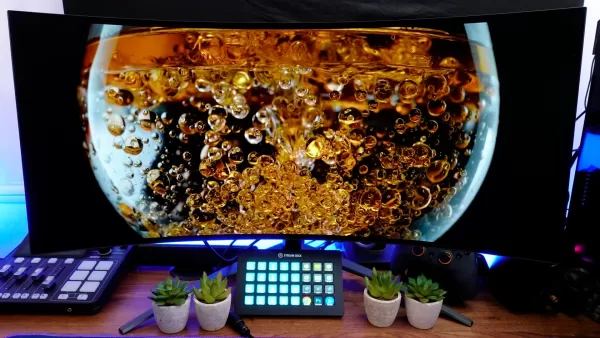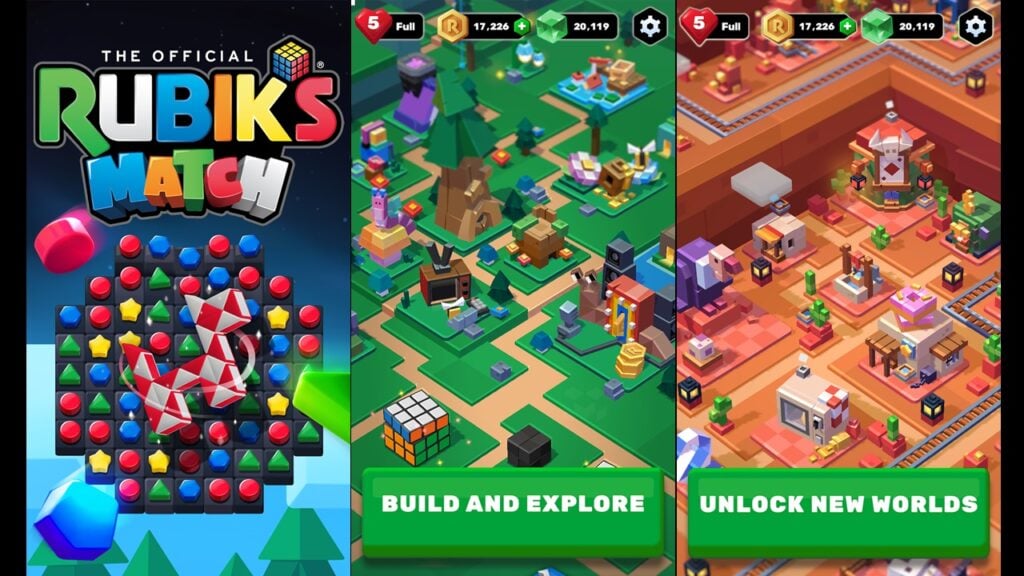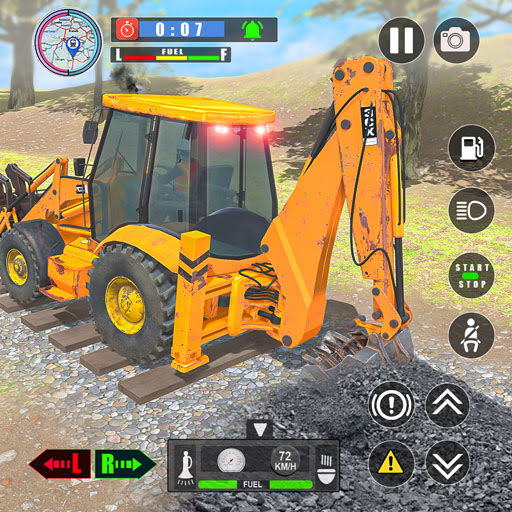Best OLED Display for Gaming Revealed
Purchasing my first OLED TV, the LG E8 55-inch model in 2019, was a transformative experience, especially during the isolation period that followed. At the time, my understanding of OLED (organic light-emitting diode) technology was limited. I knew it used self-lit pixels for infinite contrast, unlike LCD displays with backlights. However, diving into games like Final Fantasy XV and The Last of Us Part II on this screen brought the technology to life in a way that felt like reliving nostalgic moments in real-time. This experience led me to upgrade to the LG C2 65-inch a few years later. Since then, I've explored a variety of devices with OLED displays and discovered that not all OLED technologies are the same. You might be curious about the types of OLEDs out there. While there are several, the three you should focus on are WOLED, QD-OLED, and AMOLED.
 WOLED, QD-OLED, and AMOLED: How They Work
WOLED, QD-OLED, and AMOLED: How They Work
OLED technology has been evolving for decades, with pioneers like Kodak and Mitsubishi exploring its potential. It was LG's introduction of OLED TVs in the early 2010s that brought this technology into the mainstream.
LG's version of OLED is known as WOLED (White OLED), although the company prefers to simply brand it as "OLED." WOLED employs a pure white OLED layer with an RGBW color filter. This approach addresses the issue of burn-in, which occurs because the compounds in red, green, and blue emitters degrade at different rates. However, using a white OLED layer can lead to uneven brightness and reduced color volume due to the filtering process. Higher-end WOLED models attempt to mitigate this with Micro Lens Array technology, which focuses light more effectively.
In 2022, Samsung introduced QD-OLED (Quantum Dot OLED), which uses a blue OLED layer and quantum dot color converters. This method absorbs and converts light rather than filtering it, maintaining brightness across all colors.
AMOLED, on the other hand, uses a thin-film transistor (TFT) layer to control pixel charge, enabling faster pixel activation. This technology, commonly found in smartphones and laptops, offers flexibility and high refresh rates but at the cost of slightly reduced contrast compared to other OLED types.
 WOLED, QD-OLED, and AMOLED: Which Is Better for Gaming?
WOLED, QD-OLED, and AMOLED: Which Is Better for Gaming?
Choosing the right OLED technology for gaming depends on your specific needs and preferences. If you're looking for a straightforward recommendation, QD-OLED is the top choice. However, WOLED and AMOLED have their own merits in certain contexts.
AMOLED displays are prevalent in smaller devices like smartphones and laptops due to their flexibility and high refresh rates. They are less suitable for TVs due to cost and lower peak brightness in direct sunlight.
For gaming monitors and TVs, you'll typically choose between WOLED and QD-OLED. WOLED offers exceptional brightness, particularly in whites, but loses some brightness across other colors due to the RGBW filter. QD-OLED, with its quantum dot technology, provides superior overall brightness and color vibrancy.
In environments with significant glare, such as my living room setup, WOLED's ability to maintain true blacks is advantageous. In contrast, QD-OLED's lack of a polarizing layer can cause a purplish tint under similar conditions. While QD-OLED generally excels in color and brightness, the choice between WOLED and QD-OLED may come down to the specific display's specs and your budget.
The Future of OLED Is PHOLED
Beyond WOLED, QD-OLED, and AMOLED, another type of OLED technology is emerging: PHOLED (Phosphorescent OLED). PHOLED uses phosphorescent materials for higher luminous efficiency, but its blue component has historically had a shorter lifespan, making it less viable.
However, LG has recently announced a breakthrough in blue PHOLED technology, preparing it for mass production. Dubbed "Dream OLED," PHOLED promises 100% luminous efficiency, far surpassing the 25% efficiency of fluorescent OLEDs. This means PHOLED displays will be brighter and more energy-efficient.
While PHOLED TVs are not expected in the near future, we can anticipate seeing this technology in smartphones and tablets soon.
-
1

Announcing the Bazaar Release: Date and Time Unveiled
Feb 02,2025
-
2

Marvel Rivals Update: News and Features
Feb 19,2025
-
3

Novel Rogue Decks Android Debut
Feb 25,2025
-
4

GTA 6 Release: Fall 2025 Confirmed
Feb 23,2025
-
5

Vampire Survivors – Arcana Card System Guide and Tips
Feb 26,2025
-
6

DC Heroes Unite: New Series from Silent Hill: Ascension Creators
Dec 18,2024
-
7

Get Exclusive Roblox DOORS Codes for January 2025
Feb 10,2025
-
8

Marvel Rivals Unveils Season 1 Release Date
Feb 02,2025
-
9

WWE 2K25: Long-Awaited Return
Feb 23,2025
-
10

Anime Fate Echoes: Get the Latest Roblox Codes for January 2025
Jan 20,2025
-
Download

Street Rooster Fight Kung Fu
Action / 65.4 MB
Update: Feb 14,2025
-
Download

Ben 10 A day with Gwen
Casual / 47.41M
Update: Dec 24,2024
-
Download

A Simple Life with My Unobtrusive Sister
Casual / 392.30M
Update: Dec 10,2024
-
4
Mega Jackpot
-
5
Day by Day
-
6
The Lewd Knight
-
7
Translate - Voice Translator
-
8
VPN Qatar - Get Qatar IP
-
9
Chewy - Where Pet Lovers Shop
-
10
Kame Paradise














